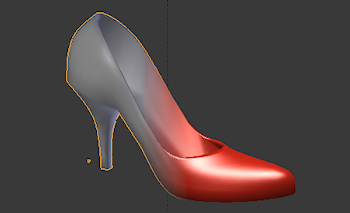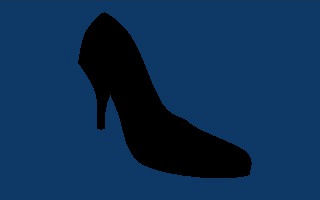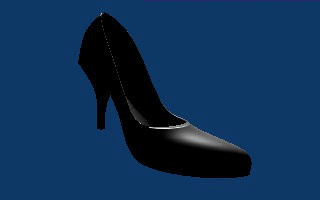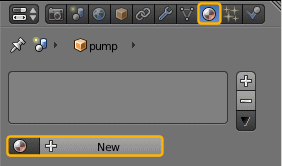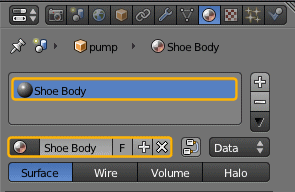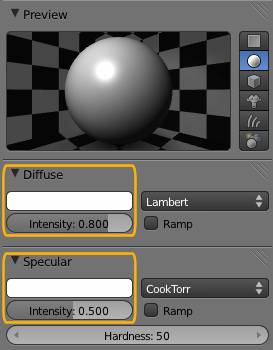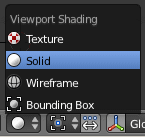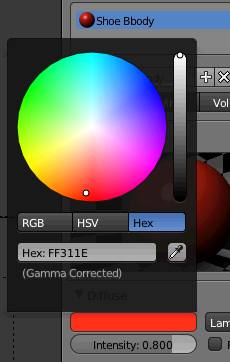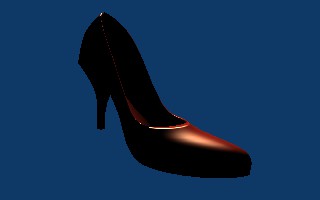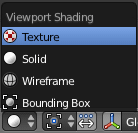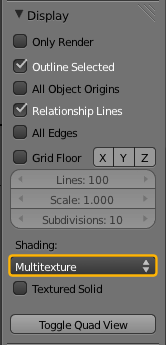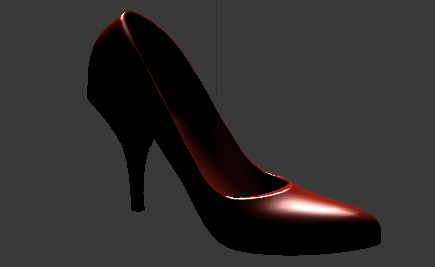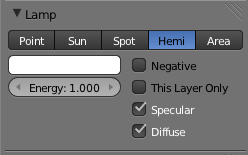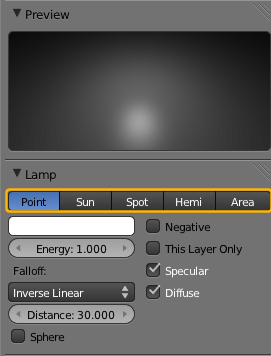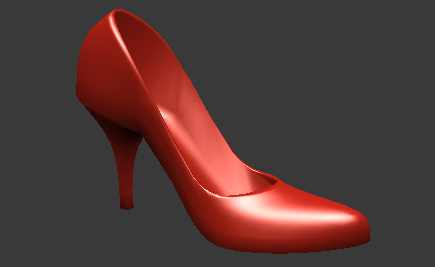|
|
| Right click, Save as pump.obj |
During the course of this tutorial i introduce a very common technique called UV mapping. I will cover only the very basic principles. I will use a Pump as my working object.
Although the tutorial is made with Blender-2.61, most of the content is also applicable to any other mainstream 3D editor.
You can download the pump.obj under the CC BY-SA license.
Video Tutorial |
|
| To be done |
Materials & Lights |
|
|
In our real world the look of an object is the result of an interaction between
Blender tries to mimic the real world situation and thus it provides a simplified version of Materials and Lights with an impressive amount of control parameters. It is not astonishing that we will also find a Camera in Blender. The camera is used for taking still images as well as entire movie sequences. |
The simulation in Blender is not perfect, but it is good enough to give us a very powerful environment for creating virtual scenarios. The most important material reflection properties are:
|
Add a Material |
|
|
So after we have added some light to the scene it is time to define the material for our object. In fact we will add a new material from the Material properties section. When you enter the material section for the first time, you will see an empty material stack (the grey field in the center of the image to the right). Below that area you find a creation button. With the creation button you can create new materials (press the Plus sign). Or you can select previously created materials, even materials used in other objects (by pressing the small circle icon left to the Plus sign). |
When you have not yet defined a material the material selector will show an empty selection. |
|
Right after you have created a new Material, the Material stack gets populated. The default name of a new material is “Material.xxx” where xxx is a unique number. You also will see many more control fields appearing below the material creation button. We will get there soon. Rename a MaterialYou can rename your material to something recognizable directly within the Material creation button. The material in the Material stack will automatically inherit the Material name change. Now after we have assigned a material, lets check how the rendering has improved by pressing F12 again. Ok, we see no improvement at all. Why that ? Its because our new Material uses the exact same properties as the silently applied default material which is used for objects without material specifications. We will change the material settings now.
|
Hint: You can create an arbitrary number of materials for your object and assign each material in the material stack to another part of your object. Note that it is not possible to assign 2 materials to the same face(s) of your object. Hint: You add another Material to the stack as follows:
|
Color & Reflection |
|
|
Below the Material creation button you find a previewer which will give you some visual feedback while you change the settings further down. For now we concentrate on the 2 most apparent attributes:
We leave the shader settings to their defaults for now. We will first examine a simple color change of our material. |
The Hardness of the specularity defines the size of the reflection point (small hardness makes this point big and diffuse, while high hardness makes it small and pointy) |
Chapter summary |
|
Here is what we did so far:
If you are curious you can make another experiment and work out how you can get similar results in your favorite game engine . |
You have three options to proceed from here depending on your personal interests:
|
